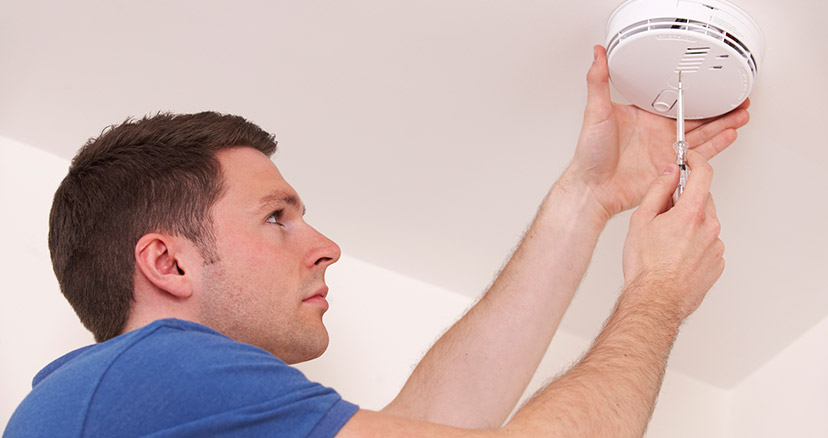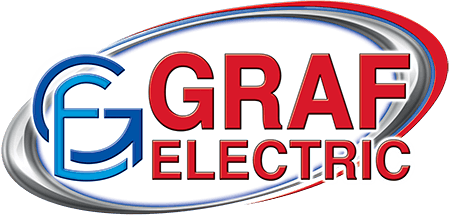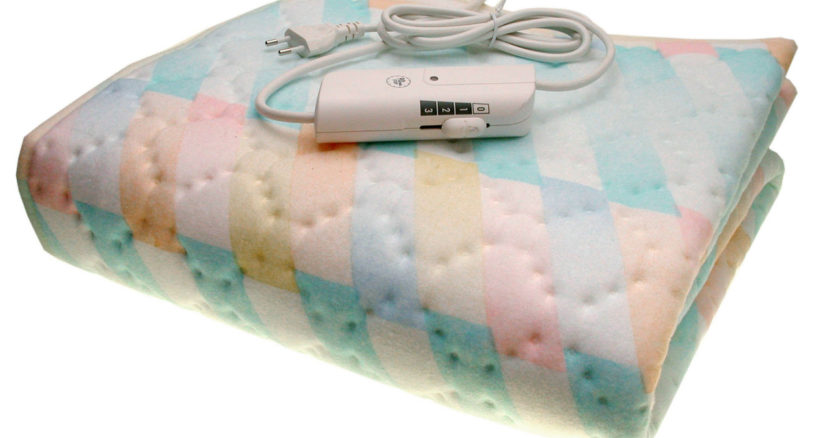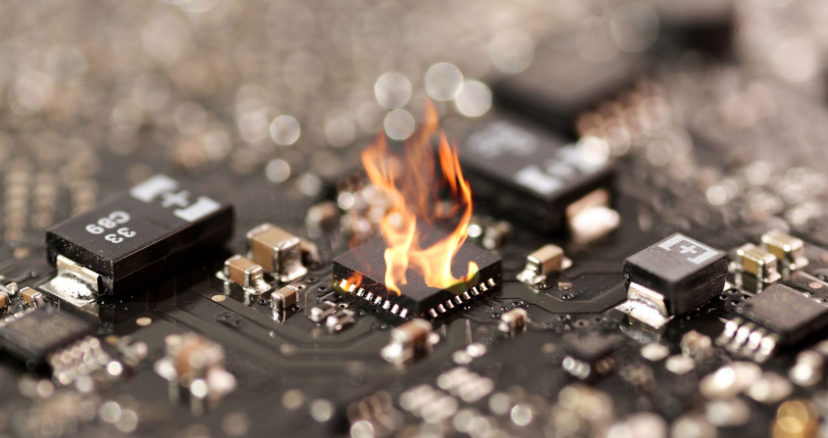
According to the Centers for Disease Control and Prevention (CDC), there were 439 unintentional carbon monoxide poisoning deaths annually in the United States between 1999 and 2012. Fuel-burning appliances, fireplaces, furnaces and attached garages can all leak CO, so it’s critical that every home has a carbon monoxide detector.
As of 2016, all new homes in Wichita, Kansas, are required to have CO alarms installed. If your home already has carbon monoxide detectors, it’s important to test them every year to make sure they’re working properly.
What is Carbon Monoxide?
Carbon monoxide is a colorless, odorless, tasteless and poisonous gas that is virtually impossible to find without the help of a detector. CO results from the incomplete combustion of a carbon containing fuel source. Even in small amounts, carbon monoxide (CO) gas can have severe consequences on a person’s health.
Negative effects from carbon monoxide poisoning include confusion, lightheadedness, dizziness, and headaches. Longer exposure can lead to flu-like symptoms and a decline in memory and cognitive functions.
Carbon Monoxide Sources in the Home
Carbon monoxide sources are all around us in our homes:
- Wood burning and gas-powered fireplaces
- Gas stoves that aren’t vented properly
- Chimneys with cracked masonry, an animal’s nest, or a buildup of soot
- Ventless space heaters, which create such a carbon monoxide risk that they’re banned in some states
- Water heaters that are improperly installed, faulty, or have a clogged burner or ven
Where Should a Carbon Monoxide Detector be Located?
At the very least, install one carbon monoxide alarm on every level of your home, including the upstairs and basement, near the bedrooms. If the alarm goes off, it’s important that it’s located where sleeping family members can hear it and wake up.
For best results, install CO detectors in every major area of the home, similar to smoke alarms: the living room, kitchen, dining room, and especially each of the bedrooms. If you have an attached garage, install a CO alarm within 10 feet of the internal door to your garage to detect any CO buildup from vehicle exhaust. Avoid installing carbon monoxide detectors directly above or beside fuel-burning appliances, as they may emit a small amount of CO.
It’s a common misconception that carbon monoxide gas is heavier than air, so it’s often assumed that CO detectors should be placed near the floor. In fact, carbon monoxide is actually slightly lighter than air, so it’s best to install detectors at knee level or higher.
There are several different types of carbon monoxide alarms: battery powered, electric, and wireless. Follow the instruction manual for proper installation.
What to Do if a Carbon Monoxide Alarm Goes Off
First, turn off all sources of combustion, including appliances and your furnace. Then, open doors and windows to allow fresh air to circulate in your home. Call a certified technician to find and fix the issue. If anyone in the home reports feeling dizzy, vomiting or having headaches, it could be carbon monoxide poisoning. Get everyone out of the house and call 911. Emergency personnel will tell you when it’s safe to re-enter your home.
If you need help installing smoke detectors and carbon monoxide alarms in your home, call the professionals at Graf Electric at 316-686-2090.


